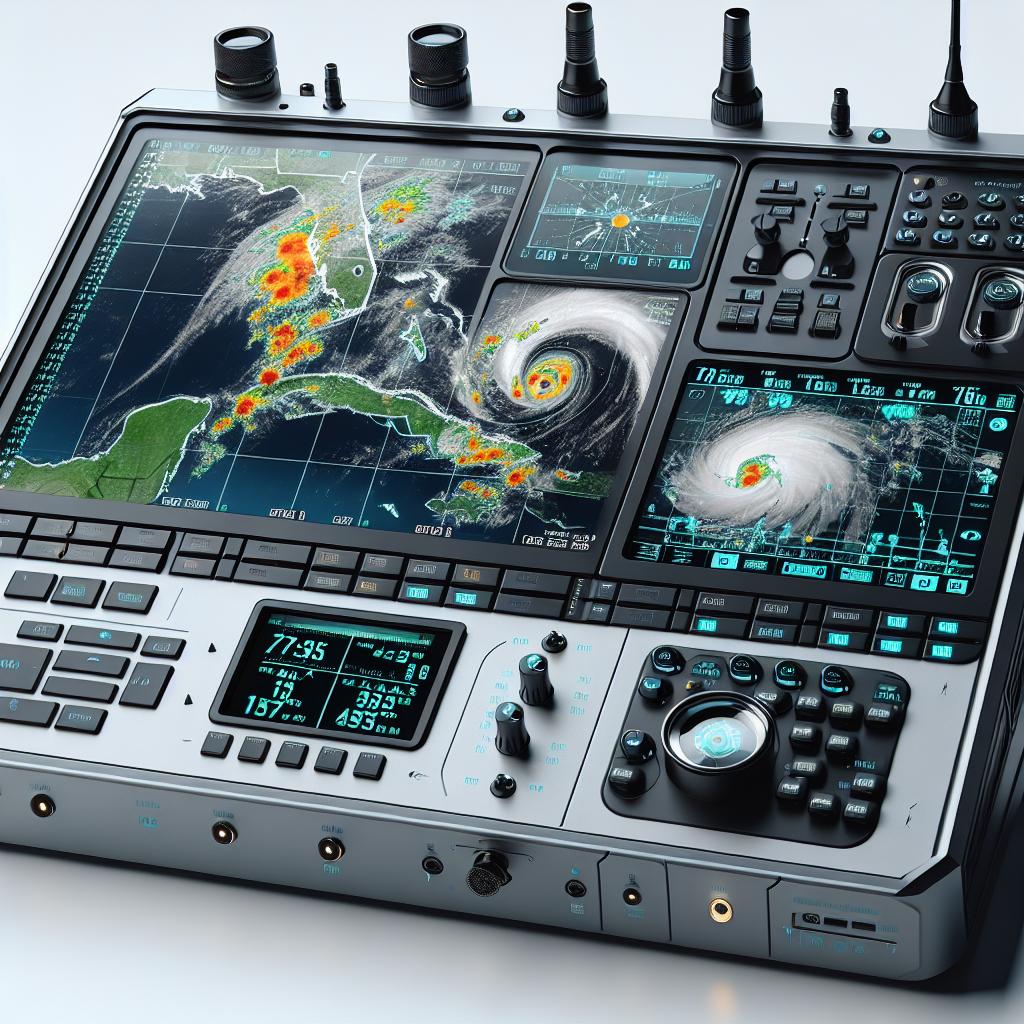

Tropical storm tracking device.
Forecasters at the National Hurricane Center are continuously monitoring a tropical disturbance, known as Invest 93L, in the southwestern Gulf of Mexico for potential development into a tropical depression. Whether it develops or not, additional rounds of heavy rainfall are expected for northeastern Mexico and South Texas throughout next week.
The FOX Forecast Center is keenly watching southeastern Mexico and the southwestern Gulf of Mexico for the development of a tropical disturbance that could affect the same regions hit by Tropical Storm Alberto. The recent reports suggest that the broad area of turbulence only had a roughly 40% chance of development in the next two days as atmospheric conditions may not be as conducive as they were for Alberto. Furthermore, Invest 93L is also presumed to travel farther south than the first named cyclone of the season, which could limit its effects on Texas.
The term Invest is used to identify areas of disturbed weather that are being monitored for potential tropical cyclone development. “If there’s a pocket of reasonably conducive atmosphere, even though this is a large swirl, big in diameter, it will be slow to consolidate,” says FOX Weather Meteorologist Ian Oliver. “It will have an opportunity to do just that moving through the weekend.”
The Central American Gyre, commonly referred to as the CAG, has been a major contributor to the production of systems like Tropical Storm Alberto and Invest 93L. Nearly every hurricane season sees the formation of at least one CAG, which is capable of generating heavy rainfall from southern Mexico through Central America and into Venezuela and neighboring Colombia.
Since June 11, NOAA satellites have estimated that more than 2 feet of rainfall has occurred over countries such as El Salvador and Guatemala, causing flooding and mudslides. At least two dozen people have lost their lives and local authorities warn of additional threats from landslides.
The chances of this disturbed weather area developing are lower than what Alberto experienced due to the limited time it will spend over water. Water temperatures continue to support tropical cyclone formation. However, its apparent sizable diameter means it will demand more time to consolidate.
Computer forecast models predict the tropical disturbance to touch down on the Mexican coast Sunday night, whether a low-level center develops or not. It will bring heavy rainfall, a much-needed relief to many farmers and aquifers in the agricultural region. However, in the higher mountainous areas, such intense rainfall can cause problems similar to the one experienced during Tropical Storm Alberto.
If by any chance, the disturbance gains enough organization to be classified as a tropical storm, it will be named Beryl. But it’s crucial to note that the naming of the system would not change the forecast or outcome for either Mexico or Texas.
Future Trends in Precast Concrete Technology Precast concrete has long been a cornerstone of modern…
News Summary In a thrilling head-to-head match play, Harbour Town Golf Links edged out The…
News Summary Residents of Lake Wylie, South Carolina, are grappling with a surge in car…
News Summary On April 11, 2025, South Carolina executed inmate Mikal Mahdi by firing squad,…
News Summary Columbia, SC, is bracing for a potentially wintry Wednesday as the National Weather…
News Summary South Carolina lawmakers are proposing new legislation to reduce liquor liability insurance costs…